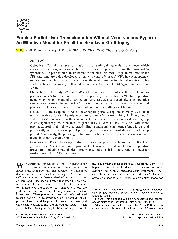摘要
Objective. Partial liver transplantation is currently gaining wider acceptance, which alleviates donor organ shortage, but also reveals the problem of small-for-size (SFS) syndrome. The precise mechanism behind it remains unknown. Large animal models for SFS syndrome are being developed using veno-venous bypass (VVB), however, splenectomies have often become necessary making the models useless for clinical situations. This study establishes a clinically well-simulated and effective model of SFS graft injury without VVB.
Methods. In this study, 30% and 100% of liver grafts were orthotopically transplanted to pigs in groups A (n = 12) and B (n = 5), respectively, both without VVB. Intraoperative hemodynamics and metabolic parameters were assessed consecutively. The operative survival rates were evaluated during 7 days of follow-up as well as the serum biochemical profiles, the kinesis of portal pressure gradient, and the pathological findings.
Results. All the recipients survived the anhepatic period except one in group A who died of irretrievable acidosis. The tolerance rate for non-VVB were 91.7% (11/12) in group A and 100% (5/5) in group B with no significant differences. The 7-day survival rate in group A was significantly less than that for group B (50% versus 100%, P < .05) with more prolonged prothrombin times, increased bilirubin and alanine aminotransferase levels, and persistantly higher values of portal pressure gradient during almost the entire follow-up period. Accordingly, the pathological findings clarified more severe microvascular impairments in group A than group B.
Conclusion. These data suggest that the model of pigs transplanting with 30% liver grafts without VVB is safe and reproducible. The good clinical simulation on operative procedures and clinicopathological performance indicates it is a more rational model for further research on SFS syndrome.
- 出版日期2011-6
- 单位中国人民解放军第二军医大学
